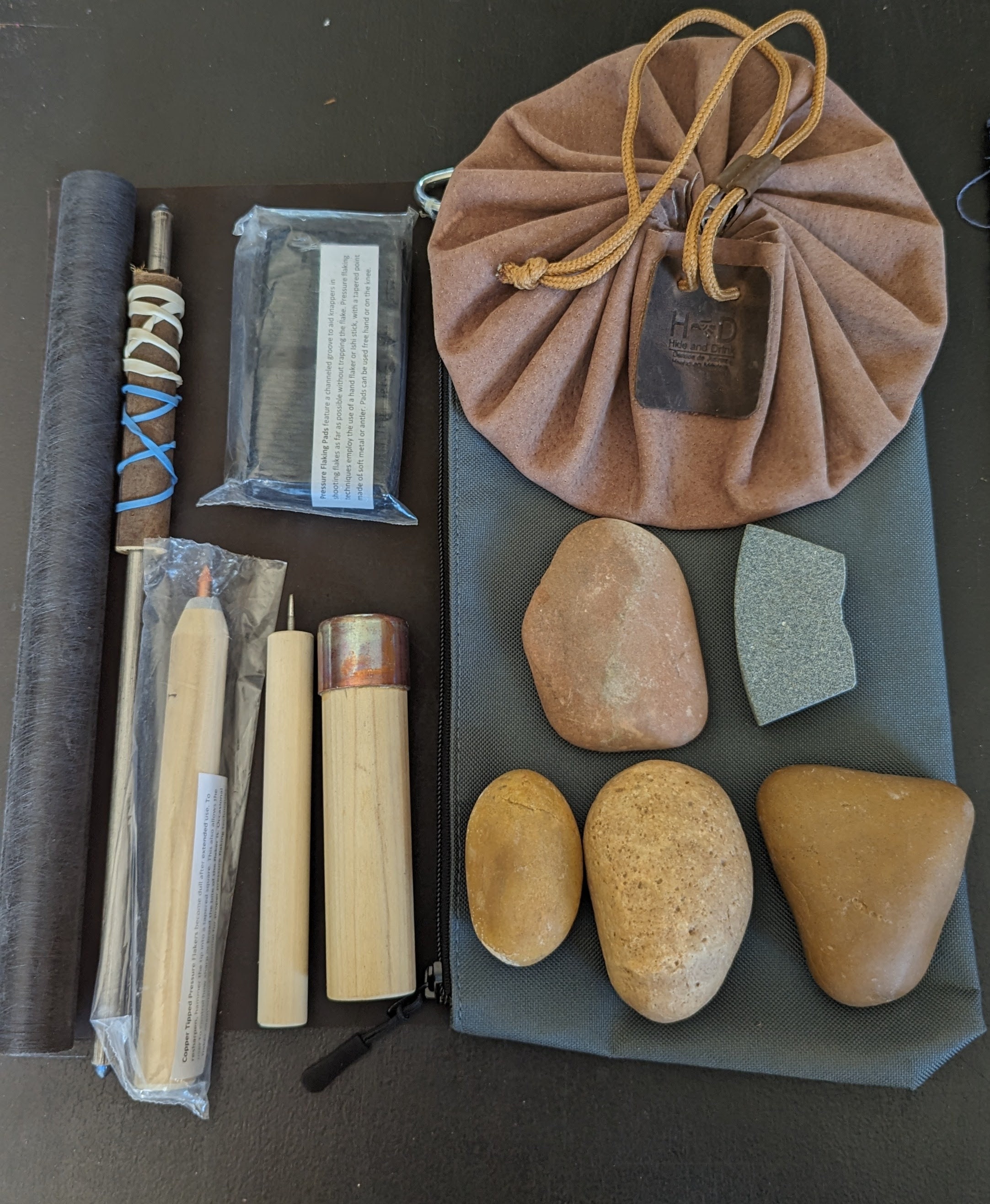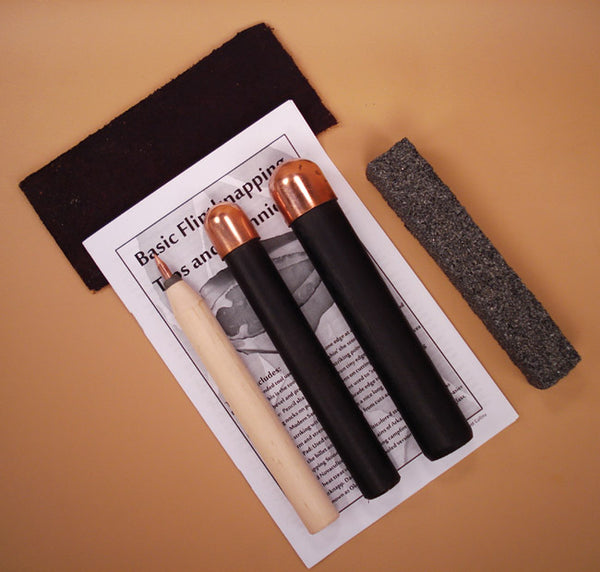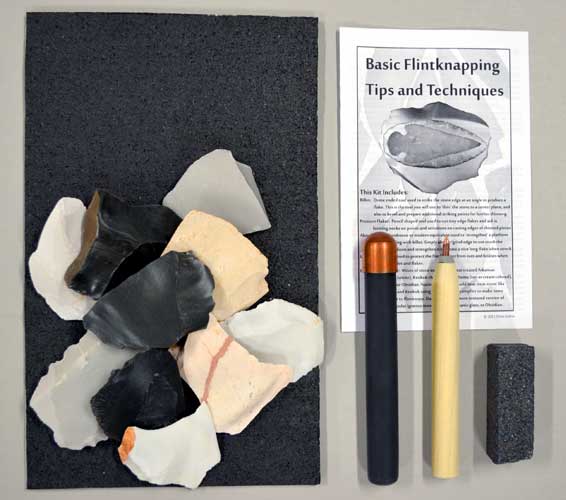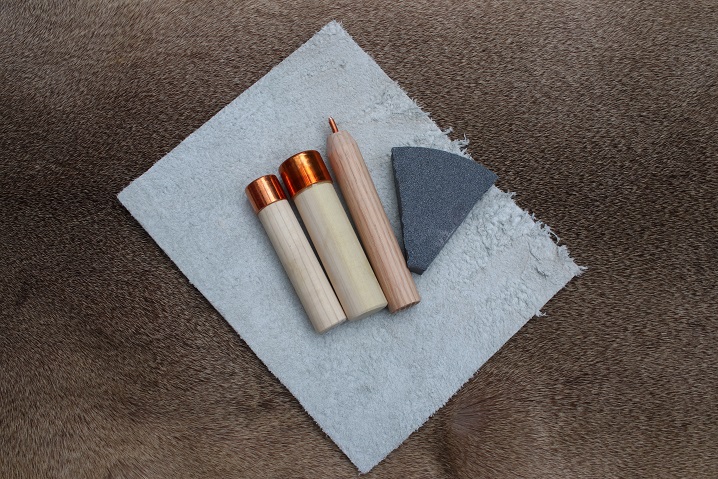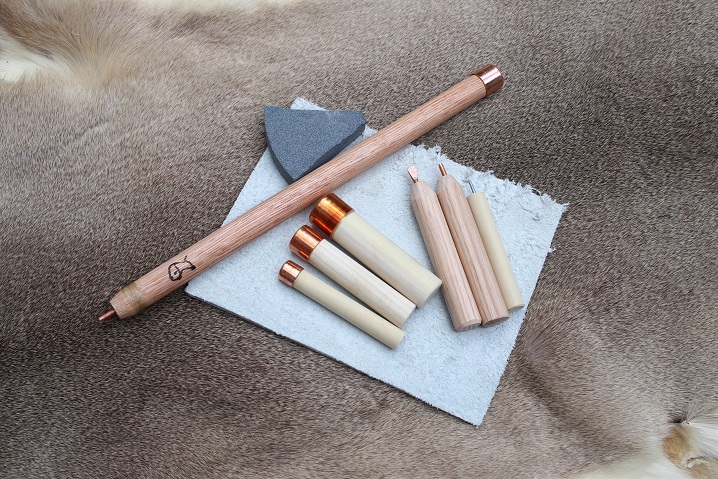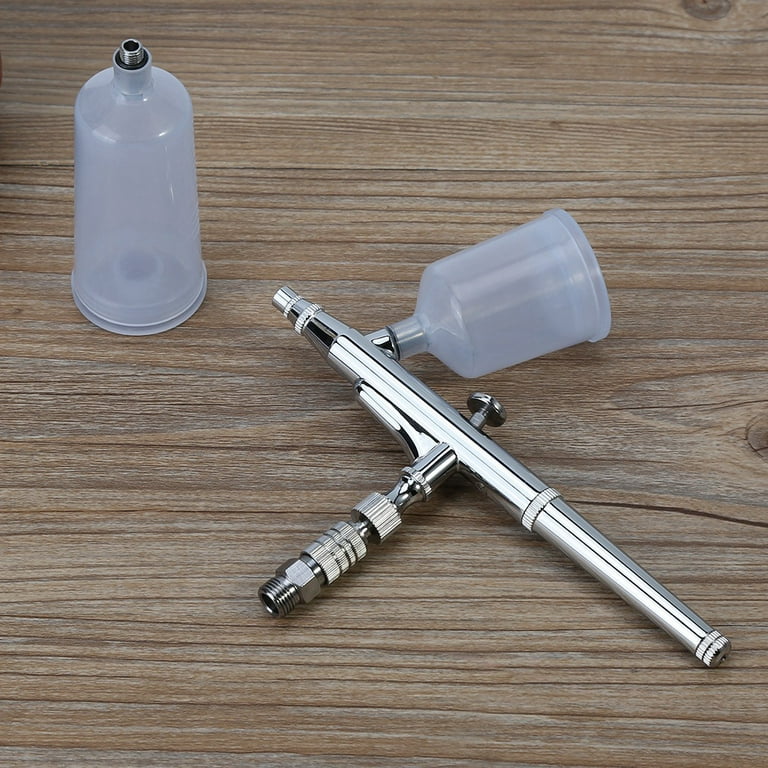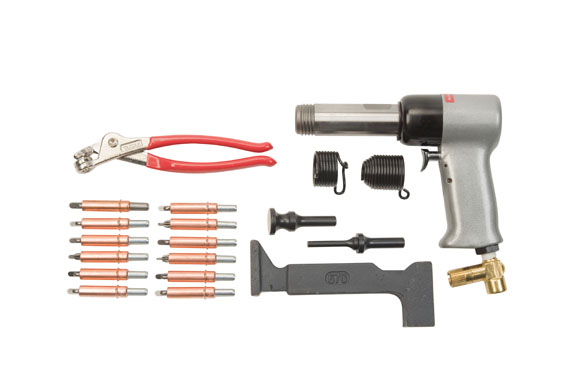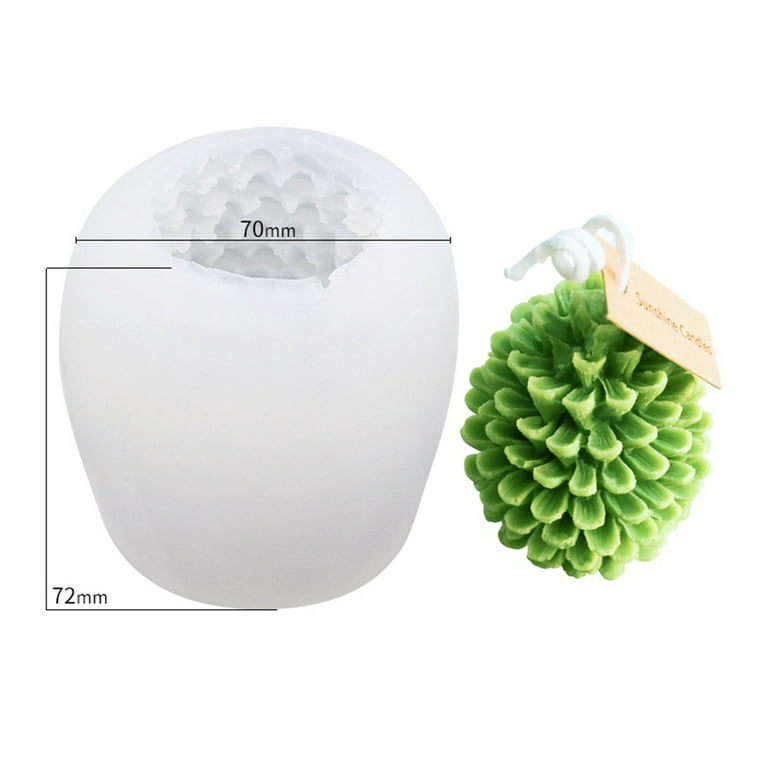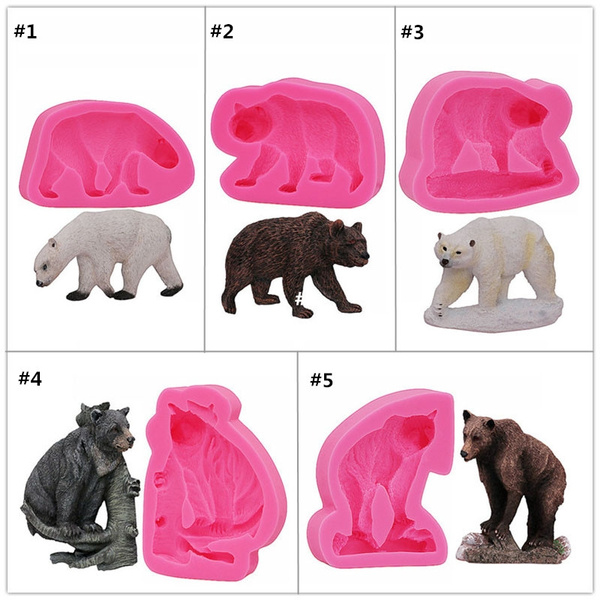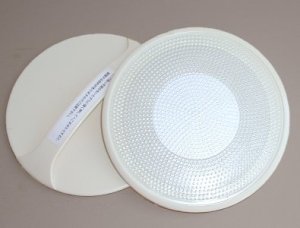Basic Starter Flintknapping Kit - Flint Knapping Kits & Supplies
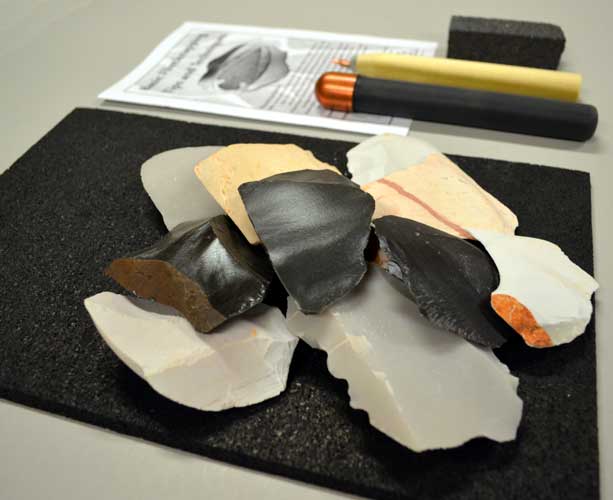
Essential flint knapping tool kit with 2 lbs of select knapping stone, copper bopper, durable rubber leg pad, 12 page instructions, and more. All the supplies you need to get started flint knapping.
An introductory kit into percussion and pressure flint knapping that includes all necessary tools and enough rock to get you started.
Kit includes:
- Medium 1 inch Copper Bopper Billet
- Copper Tipped Wood Pressure Flaker
- Silicon Carbide Hand Abrader
- Medium Rubber Leg Pad
- 2 lbs Select Flintknapping Stone (Mix may contain Novaculite, Keokuk, Dacite and/or Obsidian)
- 12 page Basic Instructional Booklet
The copper bopper billet included in this kit features a lead core that provides a comfortable weight forward strike and soft impact.
Kit comes in a white tabbed box with a label. Great Gift Item!
*Flint knapping involves sharp stone flakes and is not for all ages. Please gift responsibly*
General Information on Flintknapping
Flintknapping, or Lithic reduction involves the use of a hard hammer percusor, such as a hammerstone, a soft hammer billet (made of wood, bone or antler), or a wood or antler punch to detach lithic flakes from a lump of tool stone called a lithic core. As flakes are detached in sequence, the original mass of stone is reduced; hence the term for this process. Flintknapping may be performed in order to obtain sharp flakes, on which a variety of tools can be made, or to rough out a blank for later refinement into a projectile point, knife, or other object. Flakes of regular size that are at least twice as long as they are broad are called blades. Lithic tools produced this way may be bifacial (exhibiting flaking on both sides) or unifacial (exhibiting flaking on one side only).
Percussion reduction
Percussion reduction, or percussion flaking, refers to removal of flakes by striking a core or other objective piece, such as a partially formed tool, with a hammer or percussor. Percussors are traditionally either a stone cobble or pebble, often referred to as a hammerstone, or a billet made of bone, antler, or wood. Often, flakes are struck from a core using a punch, in which case the percussor never actually makes contact with the objective piece. This technique is referred to as indirect percussion.
Soft-hammer percussion
Soft-hammer percussion involves the use of a billet, usually made of wood, bone, antler, or metal (modern) as the percussor. Flakes produced in this manner are generally smaller and thinner than those produced by hard-hammer (hammerstone) flaking; thus, soft-hammer flaking is often used after hard-hammer flaking in a lithic reduction sequence to do finer work.
Pressure flaking
Pressure flaking is a method of trimming the edge of a stone tool by removing small, fine flakes by pressing on the stone with a sharp instrument rather than striking it with a percussor. This method, which often uses punches made from bone or antler tines (or, among modern hobbyists, copper punches or even nails), provides a greater means of controlling the direction and quantity of the applied force than when using even the most careful percussive flaking. Copper retoucheurs to facilitate this process were widely employed in the Early Bronze Age – and may therefore be associated with Beaker Culture in northwestern Europe.
The use of pressure flaking facilitated the early production of sharper and more finely detailed tools. Pressure flaking also gave toolmakers the ability to create notches where the objective piece could be bound more securely to the shaft of the weapon or tool and increasing the object's utility.
An archaeological discovery in 2010 in Blombos Cave, South Africa, places the use of pressure flaking by early humans to make stone tools back to 73,000 BCE, 55,000 years earlier than previously accepted. The previously accepted date, no more than 20,000 years ago, was based upon the earliest evidence previously available, which derived from findings of the Upper Paleolithic Solutrean culture in France and Spain.
Essential flint knapping tool kit with 2 lbs of select knapping stone, copper bopper, durable rubber leg pad, 12 page instructions, and more. All the supplies you need to get started flint knapping. An introductory kit into percussion and pressure flint knapping that includes all necessary tools and enough rock to get you started. Kit includes: Medium 1 inch Copper Bopper Billet Copper Tipped Wood Pressure Flaker Silicon Carbide Hand Abrader Medium Rubber Leg Pad 2 lbs Select Flintknapping Stone (Mix may contain Novaculite, Keokuk, Dacite and/or Obsidian) 12 page Basic Instructional Booklet The copper bopper billet included in this kit features a lead core that provides a comfortable weight forward strike and soft impact. Kit comes in a white tabbed box with a label. Great Gift Item! *Flint knapping involves sharp stone flakes and is not for all ages. Please gift responsibly* General Information on Flintknapping Flintknapping, or Lithic reduction involves the use of a hard hammer percusor, such as a hammerstone, a soft hammer billet (made of wood, bone or antler), or a wood or antler punch to detach lithic flakes from a lump of tool stone called a lithic core. As flakes are detached in sequence, the original mass of stone is reduced; hence the term for this process. Flintknapping may be performed in order to obtain sharp flakes, on which a variety of tools can be made, or to rough out a blank for later refinement into a projectile point, knife, or other object. Flakes of regular size that are at least twice as long as they are broad are called blades. Lithic tools produced this way may be bifacial (exhibiting flaking on both sides) or unifacial (exhibiting flaking on one side only). Percussion reduction Percussion reduction, or percussion flaking, refers to removal of flakes by striking a core or other objective piece, such as a partially formed tool, with a hammer or percussor. Percussors are traditionally either a stone cobble or pebble, often referred to as a hammerstone, or a billet made of bone, antler, or wood. Often, flakes are struck from a core using a punch, in which case the percussor never actually makes contact with the objective piece. This technique is referred to as indirect percussion. Soft-hammer percussion Soft-hammer percussion involves the use of a billet, usually made of wood, bone, antler, or metal (modern) as the percussor. Flakes produced in this manner are generally smaller and thinner than those produced by hard-hammer (hammerstone) flaking; thus, soft-hammer flaking is often used after hard-hammer flaking in a lithic reduction sequence to do finer work. Pressure flaking Pressure flaking is a method of trimming the edge of a stone tool by removing small, fine flakes by pressing on the stone with a sharp instrument rather than striking it with a percussor. This method, which often uses punches made from bone or antler tines (or, among modern hobbyists, copper punches or even nails), provides a greater means of controlling the direction and quantity of the applied force than when using even the most careful percussive flaking. Copper retoucheurs to facilitate this process were widely employed in the Early Bronze Age – and may therefore be associated with Beaker Culture in northwestern Europe. The use of pressure flaking facilitated the early production of sharper and more finely detailed tools. Pressure flaking also gave toolmakers the ability to create notches where the objective piece could be bound more securely to the shaft of the weapon or tool and increasing the object's utility. An archaeological discovery in 2010 in Blombos Cave, South Africa, places the use of pressure flaking by early humans to make stone tools back to 73,000 BCE, 55,000 years earlier than previously accepted. The previously accepted date, no more than 20,000 years ago, was based upon the earliest evidence previously available, which derived from findings of the Upper Paleolithic Solutrean culture in France and Spain.
